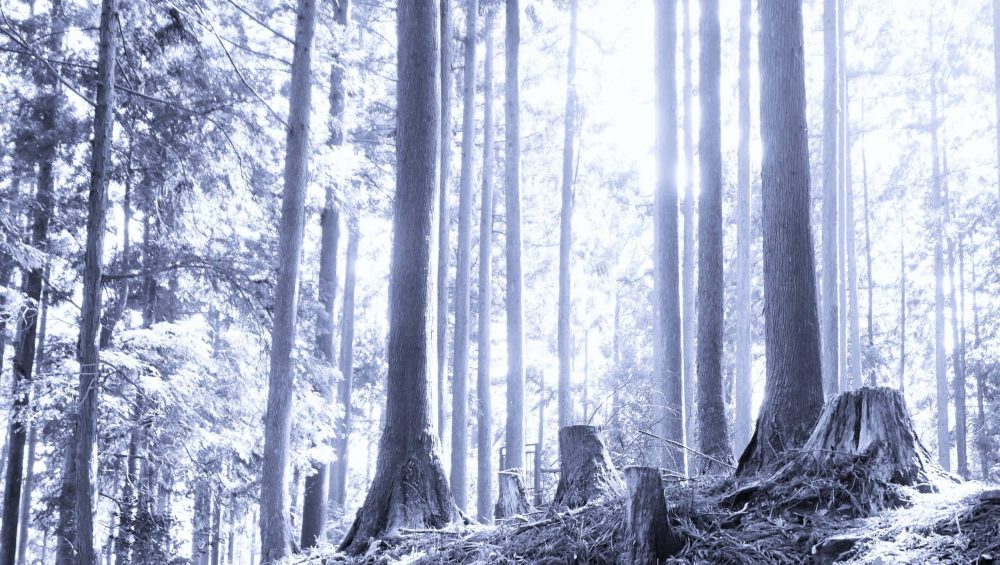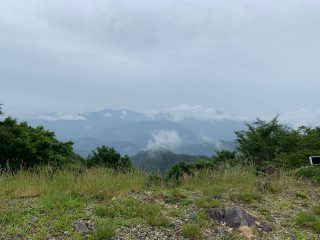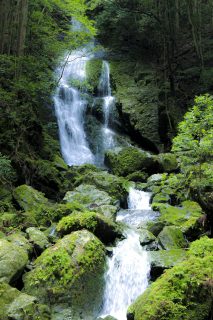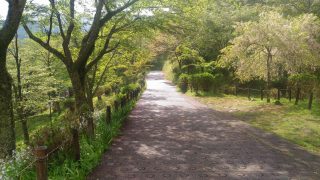Vision (2018)
Director / Screenplay: Naomi Kawase
Prologue
Since the release of “Suzaku” over 20 years ago, I have been attracted to the world of director Naomi Kawase’s work.
Instead of rigorously making documentaries about the current state of the Earth, which is no longer healthy, her movies use allegorical lessons to convey important things in an easy to understand context.
The theme of this movie (which is her 10th long film) is the evolution and destruction of life on the Earth. It leads us to stop and think about the fate of the land which is mother to us all.
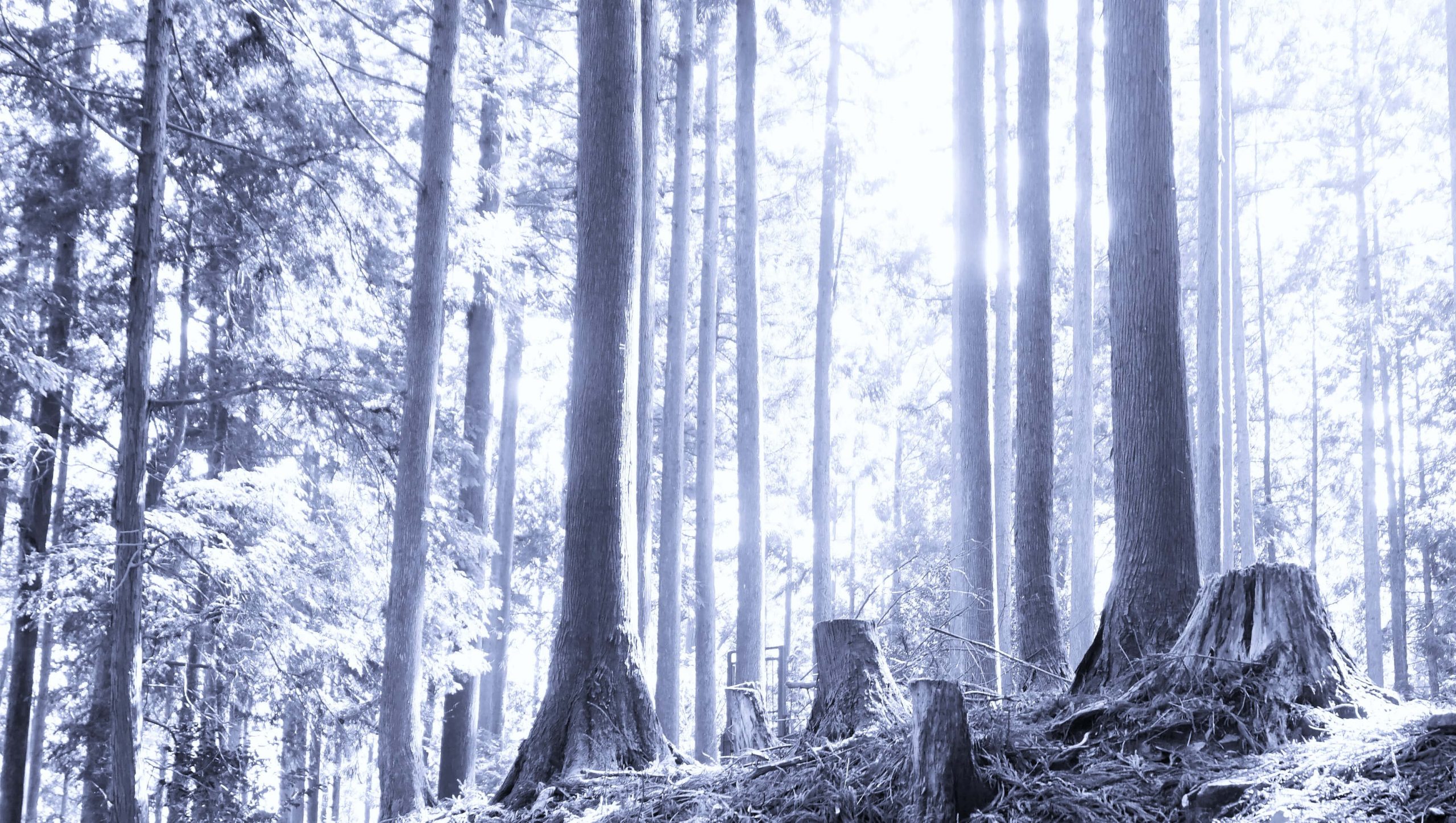
What is “Vision”?
“Vision.” It is a profound word that has many meanings. In the movie, it appears as the name of medicinal herb, but of course this is just a clue to a bigger theme.
The meaning of this word changes variously as the story progresses. When I went through a dictionary to check the meaning, I found definitions such as “visual / visual acuity”, “insight / imagination,” “illusion / fantasy / dream,” “extremely beautiful scenes,” “fantastic scenes,” and “foresight.” It is an abstract word and difficult to narrow down the image to just one idea.
At the beginning of the movie, a French writer visits a Japanese forest in search of an herb named “Vision.” The writer was also suffering from a feeling of loss.
Her heart is pulled back into the past every time she remembers the breaking of a bond she once had with a male yamamori (guardian of the forest) long ago.
“Love wanders forever like a wave. It’s moving even while it’s stopped. Very quiet.” (Poetry from in the movie.)
“Is now really now?” Time continues to sway back and forth in her. She came to seek salvation from the”Vision” plant, which is said to remove human suffering.
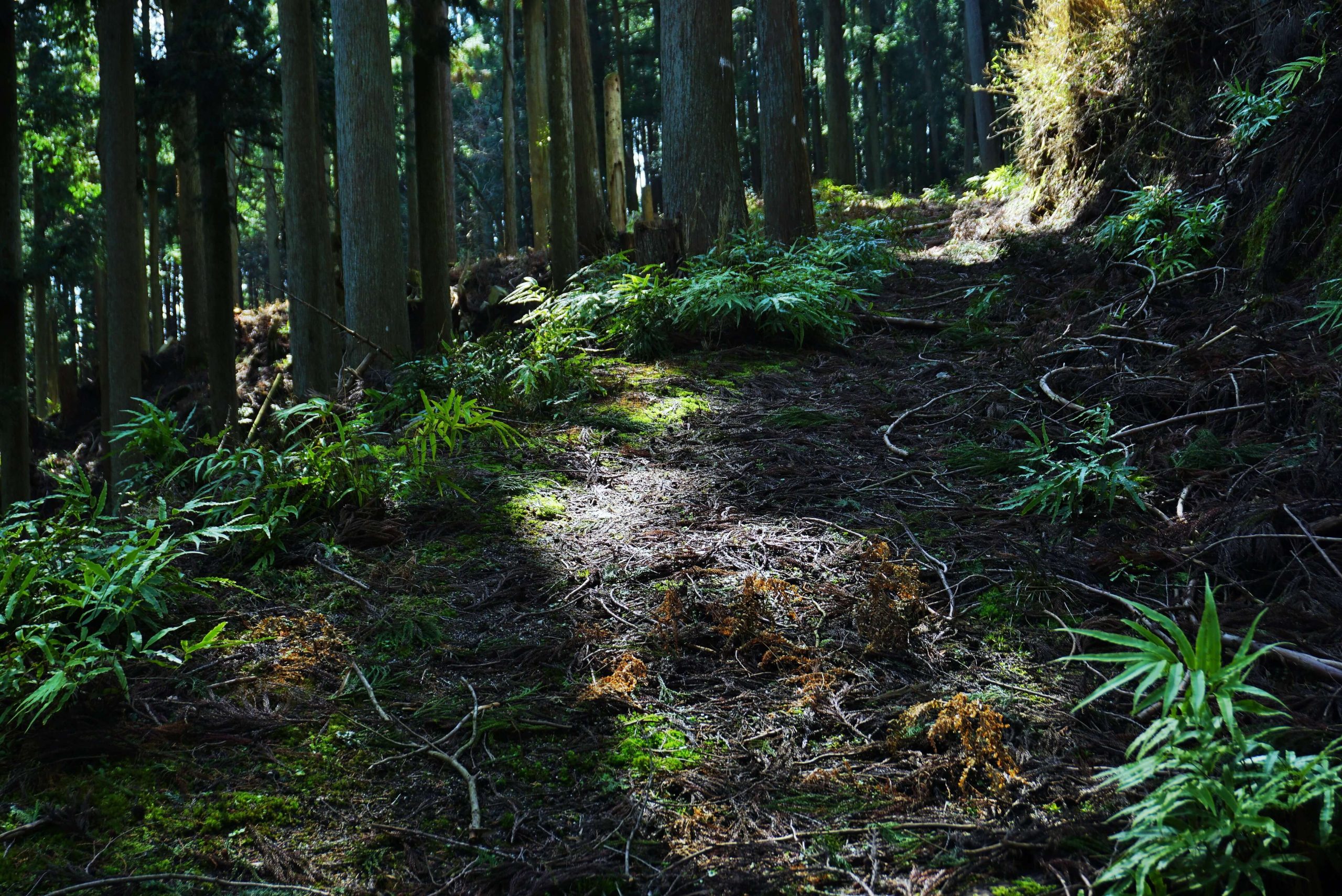
As mentioned above, Vision means “insight and imagination.” A yamamori man who she recently met has a blind friend who states that they were “born about a thousand years ago, on the day the Vision plant spores were released.” Although blind, the friend possesses great insight into the essence of things and has the power to predict the future of the planet.
The friend has predictive power and is like an incarnation of a forest. She also predicted that the French writer would come.
People living in the mountains are sensitive to changes of the earth. The blind friend comments on this by saying, “The forest is weird. The way the wind blows, the rustle of the trees, the balance between rain and light, it’s all a little strange.”
It seems that it is the time for the Vision, which is reborn on a millennial cycle, to reappear. “Vision” here is considered a sacred thing.
What exactly is Vision?
It is the name of a medicinal plant and also possesses the meanings of “illusion/fantasy/dreams,” “insight,” and “imagination.” The blind woman is like an incarnation of the forest and like a heaven-sent child of the Vision. On a winter morning, the yamamori man helps a young man injured in the mountains and was then asked about life as a yamamori.
“I am a part of this world, so that’s enough.” Happiness is different for each person and is not measured on a relative scale. If we were to call the sense of happiness “Vision,” it would be different for each person.
The iconic large tree that appears in the movie is called the “Moronjo Tree.” There used to be a village full of people centered around this tree in the past. At the end of the movie, the forest burns down and the Vision plant appears. The appearance of newborn spores flying in the light is godly and felt like a miracle. What appeared along with millenia-old vision plant was a young man born as a result of a marriage with the yamamori of her past. This links to an important bond of two people who were separated.
The scene seems to suggest that the forest is at stake and the mountain spirits are forcing humans to think about what is important to this planet. The “Moronjo Tree” has appeared as a “wise man” with deep knowledge about history.
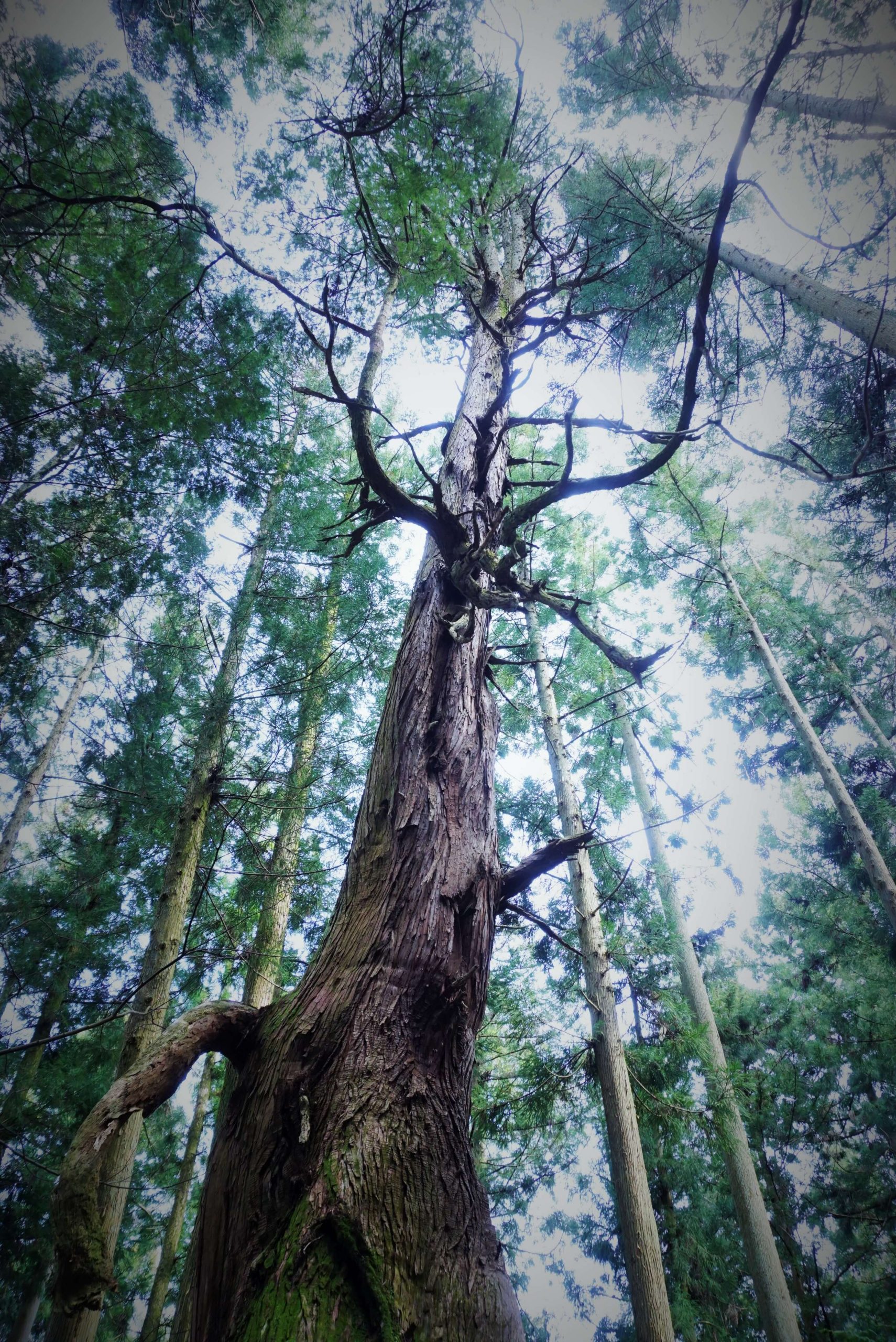
Just like the brilliant spring forest of May or perhaps the luxurious autumn, Yoshino’s woodland leaves a deep impression on people’s hearts regardless of the season. Trees that live a millennia and easily surpass human imagination. Throughout the ages, the trees have been watching the activities of the people who were present in each era.
The refreshing greenery of the trees is expressed in the movie and even the wind is likely to be dyed in the same color.
The mountains are always lively. This is where the souls of the living and dead come. As with the words “Death is a part of a long sleep,” we are repeatedly born from the past, visiting people who live, and returning to the future.
I wanted to hear the voice of a large tree which remembers the ancient times and foresaw the future. I will go to see the Moronjo Tree, which has been opened to the past and the future.
I have noticed while looking at an old map that it seems that a fire god was once enshrined in the forest that was depicted as being burned down in the movie. If this is true, was the fire that burned down the forest a sacred fire and the hand of the god who resented the destruction of nature? Or was it a “hellfire” that our excessive civilization deserves to receive?
A line of dialogue from the movie states that, “The human brain has an aspect of aggression that has not changed since ancient times.” I would like to think carefully about what this “aggressiveness” means and about the sparkling spore-like object that rises from within a burned forest.
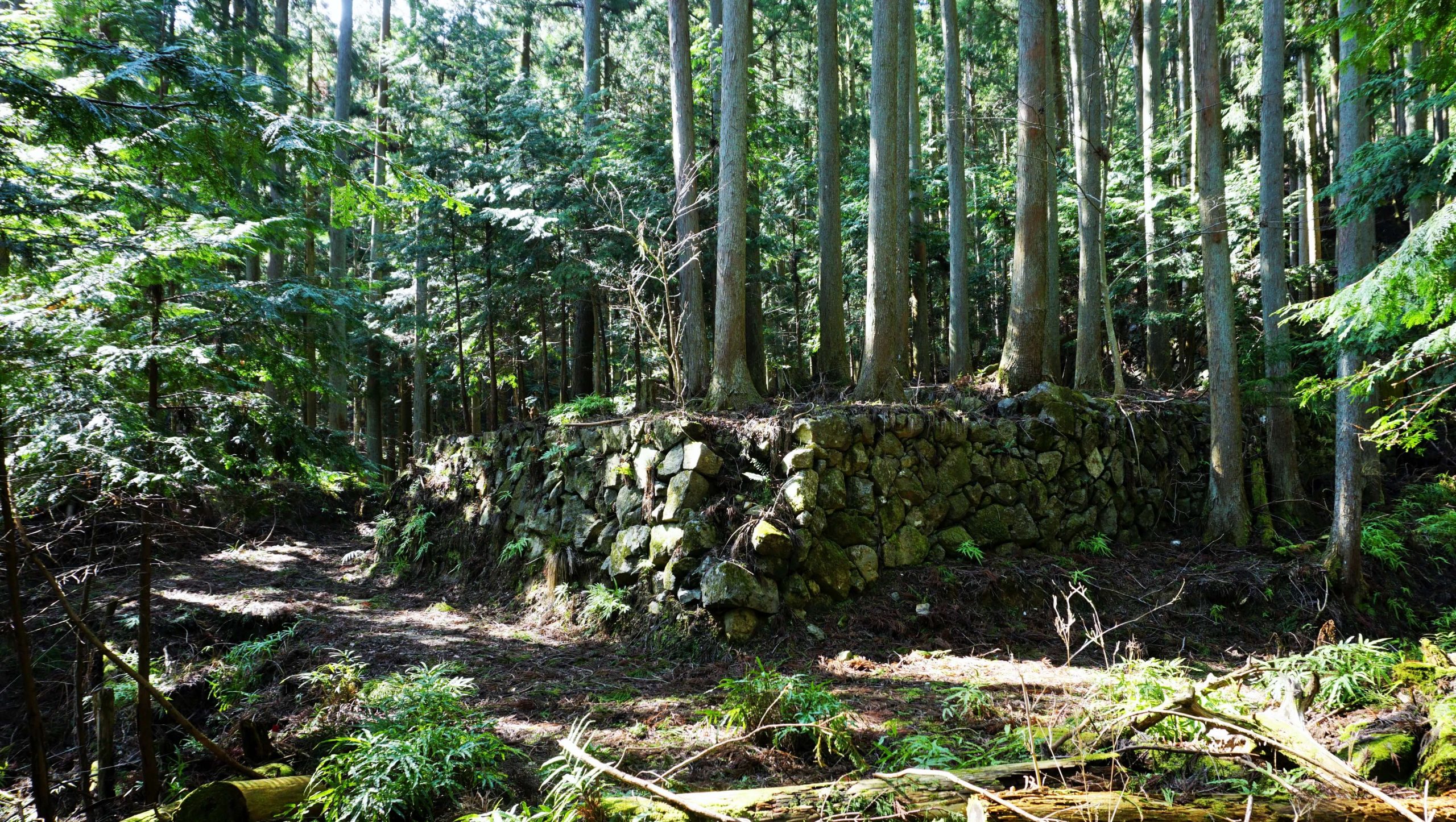
* In the above article, I referred to Naomi Kawase’s “Vision” (2018) and quoted some of the dialogue from the work.

